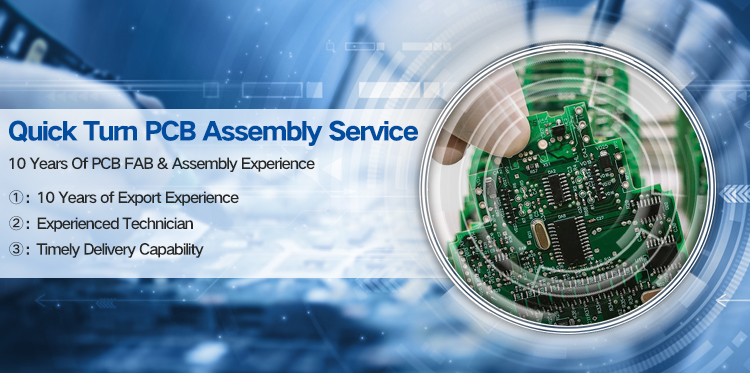In today’s digital age, where technological advancements are rapidly changing our lives, printed circuit boards (PCB boards) play a vital role in the development and functionality of electronic devices. From smartphones and laptops to medical devices and automotive systems, PCB boards are the unsung heroes that connect and power these devices, enabling seamless transfer of information. In this blog, we will explore the wonders of PCB boards, their importance in modern electronics, and their diverse applications in various industries.
The evolution of PCB boards.
PCB boards have come a long way since their introduction in the 1940s. These early iterations initially consisted of single-layer boards with limited functionality that could only support a handful of components. However, with the advancement of technology, the development of double-sided, multi-layer, and flexible PCB boards has brought revolutionary changes to the electronics industry. These improvements have resulted in increased electronic device sophistication, compact designs, and enhanced performance.
Features and components.
As the backbone of electronic devices, PCB boards provide a platform for connecting different electronic components. Integrated circuits (ICs), resistors, capacitors, and other electrical components are embedded on a PCB board to form a compact and organized system. Subtle interconnections between components are carefully designed and etched into the circuit board to ensure smooth transmission of electrical signals and data.
Cross-industry applications.
PCB boards have a wide range of applications and penetrate into almost every aspect of our lives. In the world of consumer electronics, PCB boards are the basis for producing smartphones, tablets, game consoles, televisions, and countless other devices we use every day. The automotive industry relies on PCB boards for various functions such as engine control units, anti-lock braking systems, and navigation systems. The medical field benefits from PCB boards in the form of pacemakers, MRI machines, and other life-saving devices. In addition, PCB boards are also used in the aerospace, defense and telecommunications industries to ensure the smooth operation of critical systems and communication networks.
Advantages and future innovations.
PCB boards offer several advantages that make them an integral part of modern electronics. Their compact size and lightweight properties improve space efficiency and portability, especially in the case of mobile devices. PCB boards also exhibit excellent reliability, durability, and resistance to environmental factors such as heat and humidity. Additionally, advancements like flexible PCBs are paving the way for wearable technology, bendable displays, and implantable medical devices. As technology continues to evolve, PCB boards will become smaller, more efficient, and able to handle increasingly complex systems.
As we reflect on the wonders of the modern electronic age, it is clear that PCB boards are the unsung heroes responsible for the seamless operation of electronic devices. Their versatility, reliability and micro-complexity make them indispensable components in various industries. In the future, PCB technology is expected to bring more cutting-edge innovations, reshape our world, and open up new possibilities.
Post time: Oct-12-2023


